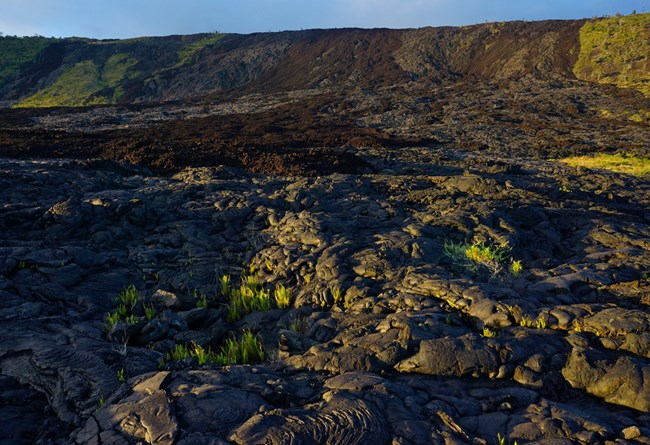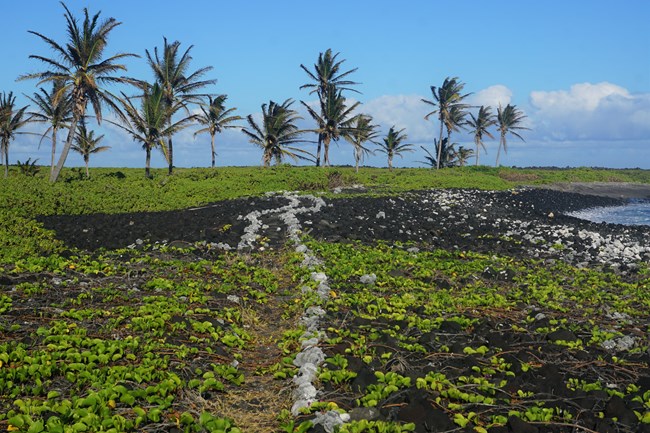Last updated: December 18, 2023
Article
Pīkoiakaʻalalā and the Giant Rat

Photograph courtesy of Walter Buller, 1870

NPS Photo
Once upon a time, there was a man named Pīkoi who traveled all the way from the island of Kauaʻi to the village near Puʻumanawaleʻa, a mound on the southeast coast of the island of Hawaiʻi. As Pīkoi explored the surroundings, he couldn't believe his eyes when he spotted a large gray-black rat with twisted teeth, peacefully sleeping on the hillside of Hōlei.
Excitedly, Pīkoi shared his discovery, but to his surprise, everyone denied the existence of such a large rat. They insisted that only the small rats were causing trouble by nibbling on the sweet potatoes. Pīkoi, however, was convinced about the reality of the large rat and boasted about his skill in hitting it right on the nose with an arrow shot from his bow.
To settle the debate, Pīkoi made a bold wager with the young chief of the area, Hōʻiu. He bet his own life and the lives of 10 of his men against Hōʻiu and 10 of Hōʻiu’s men. To sweeten the deal, a pig, a dog, a fish, poi, and sweet potatoes were added to the wager if events unfolded as Pīkoi predicted.
Without hesitation, Pīkoi took aim and shot the large rat right on the nose. The rat woke up startled and scurried away to ʻĀpua, where it eventually met its demise. To confirm the truth of the events, eight witnesses were sent to Puʻumanawaleʻa, and they recounted the story exactly as Pīkoi had described. True to the terms of the wager, Chief Hōʻiu and ten of his men were baked in an imu, an underground oven.

NPS Photo/A.Lavalle
